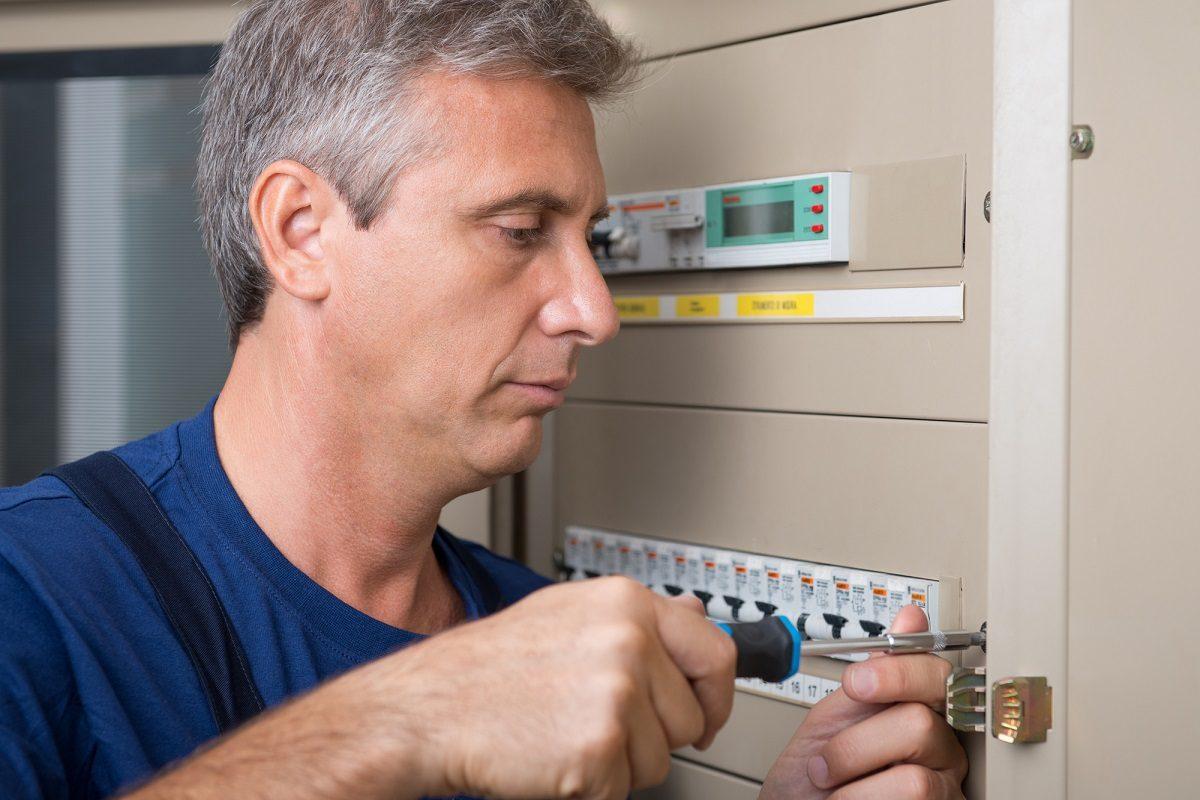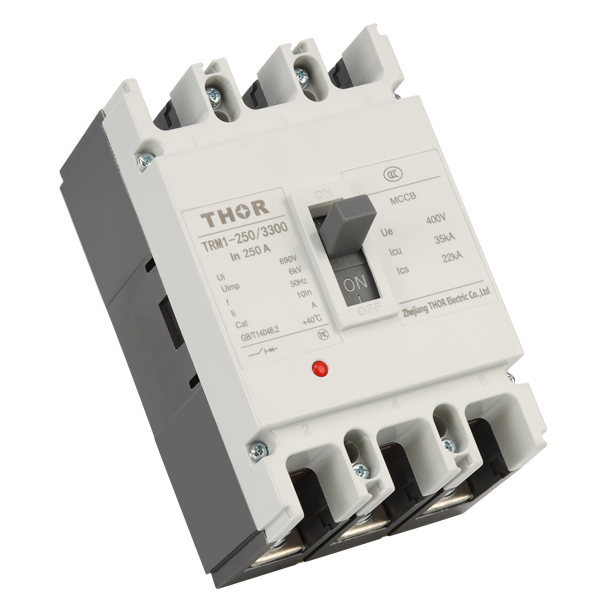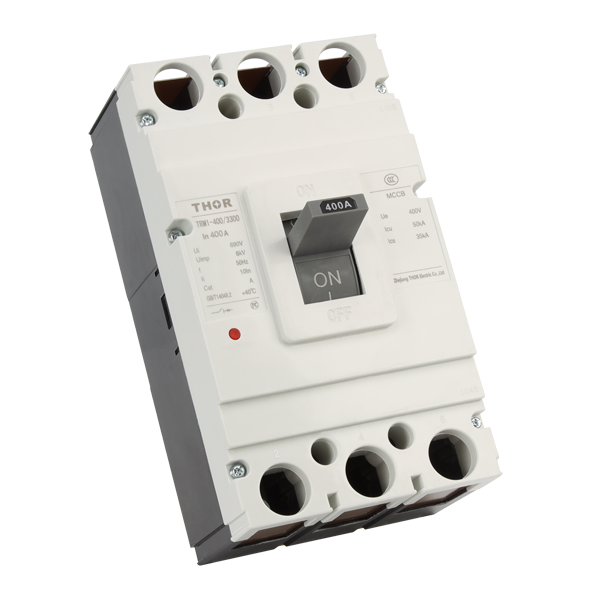When circuit breakers start to malfunction, they usually exhibit some obvious signs. Frequent tripping, inability to reset, abnormal surface temperature, and abnormal sounds are common issues with circuit breakers. These problems not only affect the normal operation of electrical equipment but also pose serious safety hazards. Next, we will explore these signs of malfunction in detail and quantify the severity of these issues with specific data and possible solutions.
Frequent Tripping
One of the most common signs that a circuit breaker is faulty and should be checked by an electrician is frequent tripping. Between 60% and 70% of household faulty trips are because of a circuit overload or short circuits. Simultaneously using multiple high-power kitchen appliances, such as running a microwave, oven, and kettle at once, can cause this. Half the households in this scenario also experienced tripping of circuit breakers.
A circuit breaker that trips two or more times a week may be symptomatic of troublesome circuits. According to National Electrical Manufacturers Association (NEMA) data, 80% of homes with frequent tripping should have a comprehensive circuit system check, with 35% requiring replacement of parts of the wiring.
Aged wires and cracks in the insulation layer, besides age, contribute to frequent circuit breaker tripping. The Electrical Safety Committee highlighted that older wires were reported to be the cause of circuit breaker issues by 45% of homes, with an average wiring age of above 20 years in these households.
Statistics from the Electrical Equipment Maintenance Manual indicate that 60% of circuit breaker failures are due to overloading or short-circuiting devices on its branch, while less than 40% are caused by aging or mechanical failure in the single pole itself. Research by the Institution of Electrical Engineers (IEE) found that a typical domestic circuit breaker lasts 15-20 years. In a survey, 30% of homeowners reported that their circuit breakers trip often after about 15 years of use.
According to the Electrical Safety Annual Report, a circuit breaker that has been in service for more than 15 years but trips regularly is considered indicative of an existing problem with the wiring system. The Household Electrical Maintenance Guide recommends systematic fault inspection when the appliance turns off frequently, to fully eliminate hidden dangers and ensure safety in household electricity use.

Inability to Reset
Sometimes when a circuit breaker trips, it wears out or just goes bad and will not reset. Data shows that approximately 40% of circuit breakers that do not reset have confirmed mechanical failure inside the breaker, such as burnt contacts, spring failure, or internal wiring damage.
Circuit breakers are supposed to last between 15 and 20 years. In a survey of 3,000 homes with circuit breakers more than 15 years old, 25% could not be reset. More than half of these breakers that would not reset had been in service for over 20 years, leading to the belief that there may be a relationship between age and failure rate.
Additional research shows that 30% of reset failures are caused by charred contacts. Poor contact will affect the normal operation of the circuit breaker due to burning. Spring failure, estimated to cause about 20% of reset failures, is usually due to metal fatigue. About 50% of reset problems are due to internal wiring damage and other mechanical component failures.
The Electrical Equipment Maintenance Guide recommends checking for circuit overloads or short circuits first if a circuit breaker will not reset. If it is normal, the problem may be within the circuit breaker. In this instance, you will need to replace the circuit breaker. Results from the electrical repair service survey stated that 70% of electricians recommend not restoring a tripping breaker but replacing it instead.
Circuit breakers are designed to cut off the electricity supply when they detect faulty conditions in an electrical system such as overloads or short circuits. Hence, it is very important that circuit breakers operate normally. Regular maintenance checks and inspections for circuit breakers can prevent many cases where they will not reset.

Abnormal Surface Temperature
One of the most obvious signs that something is wrong with a circuit breaker is if it has an unusually high surface temperature. Ideally, a circuit breaker should have a surface temperature of 30 to 40 degrees Celsius. If the temperature rises above 50 degrees Celsius, this indicates that something may be wrong and immediate action needs to be taken.
Internal contact issues or other mechanical failures were observed by 20% of households with circuit breakers measuring above 50 degrees Celsius. Upon deeper inspection, it was discovered that more than 70% of circuit breakers exhibited serious internal damage or failing circuits when the temperature exceeded 60 degrees Celsius.
A survey of 1,500 families found that four out of ten said they had experienced abnormally high surface temperatures on their circuit breakers. Of those, more than half found varying degrees of internal damage or age-related issues upon closer investigation.
Poor internal contact, overload operation, and high external environmental temperatures are often causes of unusually hot surface temperatures in electromechanical circuit breakers. Data shows that about 30% of circuit breakers with abnormal temperatures are due to poor internal contact, and another 25% are caused by long-term overload conditions.
The Electrical Repair Report calls for a thorough fault inspection if the surface temperature of a circuit breaker is significantly above normal. When dealing with such faults, more than 80% of electricians prioritize checking internal contacts and circuit connections in breakers to confirm there are no poor or loose contact points. 75% of electricians report that circuit breakers displaying excessive heat typically need to be replaced, not repaired.
Households should regularly check the surface temperature of circuit breakers, especially when operating at high loads. Regular inspection and maintenance can almost halve the failure rate of circuit breakers with abnormal surface temperatures. Regular inspection and maintenance have effectively prevented circuit breaker failures in 60% of homes.

Abnormal Sounds
Unusual sounds, such as buzzing or crackling, coming from circuit breakers are often signs of loose internal components or poor contact. Data suggests that 75% of circuit breakers emitting abnormal sounds have internal faults. Specifically, 40% of cases are due to loose or oxidized internal connections, while 35% are related to worn or aged internal parts.
A survey of 2,000 households found that 25% reported unusual noises from their circuit breakers. In these cases, over 60% of households identified internal mechanical faults or circuit issues as key causes of malfunctioning, suggesting poor quality or reliability of contact points and loose springs over time, or internal wiring damage due to factors such as rodents.
Normally, circuit breakers should operate silently, so any sound indicates a fault. About 70% of circuit breakers that emit abnormal sounds need to be replaced, while only 30% can continue to be used after repairs.
Abnormal sounds often indicate more serious electrical issues. If not promptly addressed, they can lead to complete circuit breaker failure or even electrical fires. Data shows that 20% of circuit breakers emitting abnormal sounds fail completely within a month.
In a household electrical safety survey, 15% of respondents admitted to ignoring abnormal sounds from their circuit breakers, which eventually led to more severe electrical faults or equipment damage. Among these respondents, 80% needed to replace circuit breakers and repair related circuits, costing twice as much as addressing the issue promptly.
Electrical repair experts recommend immediately cutting off power and inspecting the circuit breaker if it emits abnormal sounds. Data shows that 90% of electricians prioritize checking internal contact points and mechanical components for looseness or wear when dealing with abnormal sound faults. 85% of electricians suggest replacing the circuit breaker rather than attempting to repair it if abnormal sounds are present.
